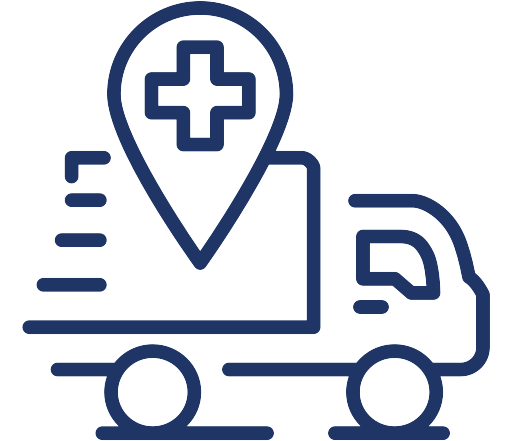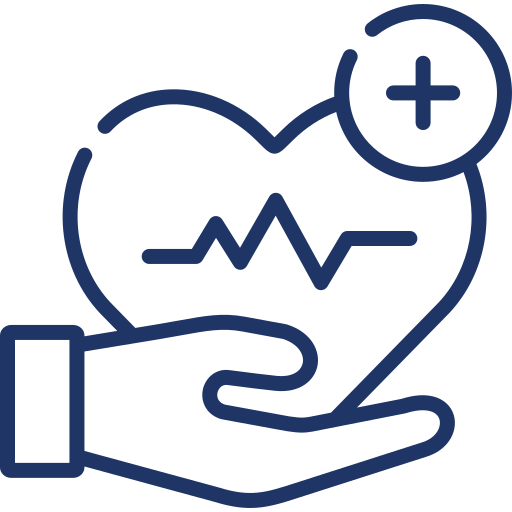A cut is a common injury, and most of us will experience one at some point in our lives. In most cases, cuts can be treated at home with simple first aid. However, there are also times when it is necessary to seek medical attention. If you’re not sure whether or not a cut needs stitches, it’s always best to err on the side of caution.
What is a laceration
A laceration is a deep cut or tear in the skin. A sharp object, such as a glass or razor, produces lacerations, which are blunter and irregular. Not all lacerations need stitches. Therefore, you can care for minor lacerations right at home by cleaning with antibacterial soap and water, drying the area and covering them with clean gauze and tape. More serious lacerations will require professional medical attention.
If you’re not sure whether or not it needs stitches, it’s always best to err on the side of caution. You should also seek medical attention if you have any concerns about the laceration. Watch out if the laceration:
- Is longer than half an inch
- Is deeper than a quarter of an inch
- Appears jagged or gaping
- Is on the face, hands, feet, or genitals
- Bleeds profusely or won’t stop bleeding after 10 minutes of direct pressure
- Is the result of a high-velocity injury, such as a car accident
If your wound fits this description, you might need stitches. Stitches are not only necessary to stop the bleeding, but they also help speed up healing and prevent infections. Your risk of infection increases the longer the wound remains open.
Most wounds that require closure should be stitched, stapled, or closed with skin adhesives within 6 to 8 hours after the injury. Some wounds that require treatment can be closed as long as 24 hours after the injury.
If you have diabetes, chronic kidney failure, or a suppressed immune system, your wounds might not heal as fast or as well as others, so you might need stitches, even if it is a small laceration. When in doubt, we can examine your wounds at any of our clinics.
Getting stitches
Sutures or stitches are the most common way to close up a laceration. Non-dissolvable sutures made of nylon or polypropylene material are used to close the outer layer of wounds. Polyglycolic and polylactic acid sutures close deeper layers of skin and tissue. You may also need a tetanus vaccine booster.
You’ll need stitches for wounds that are:
- Deep enough to expose the yellow subcutaneous fatty tissue, muscle, or bone.
- Gaping open, you can’t easily use gentle pressure to press the edges together.
- Located on or across a joint (concern for damaged nerves, tendons/ligaments)
- A consequence of a foreign body impaling the area.
- Made by a high-pressure impact from a projectile like a bullet.
- Contaminated or resulting from a very dirty or rusty object.
- Bleeding profusely.
- On a cosmetically significant area, such as the face, lips, or eyelids.
- On or near the genitalia.
Removal of stitches
Most stitches are removed within 10 days or as soon as five days in areas like the face where the blood supply is rich – which makes healing faster.
If you leave stitches in for a long time, there is a higher risk of scarring. Therefore, make sure you keep all doctor’s appointments for your stitches. The main goal of stitches is to help your wound heal, so if they need to stay in place for a longer time, the health care provider may advise you to do that.
Stitches are easy to remove with surgical scissors. After the doctor removes your stitches, they will examine and clean the area to ensure it’s healing correctly. Although you might be tempted to remove the stitches at home, it’s safer if you return to the clinic. It’s easy to re-injure the area – or even cause an infection -if you’re not careful. In this case, you may feel sick and need antibiotics to recover.
Need urgent care? Book an appointment now.
 (917) 310-3371
(917) 310-3371


